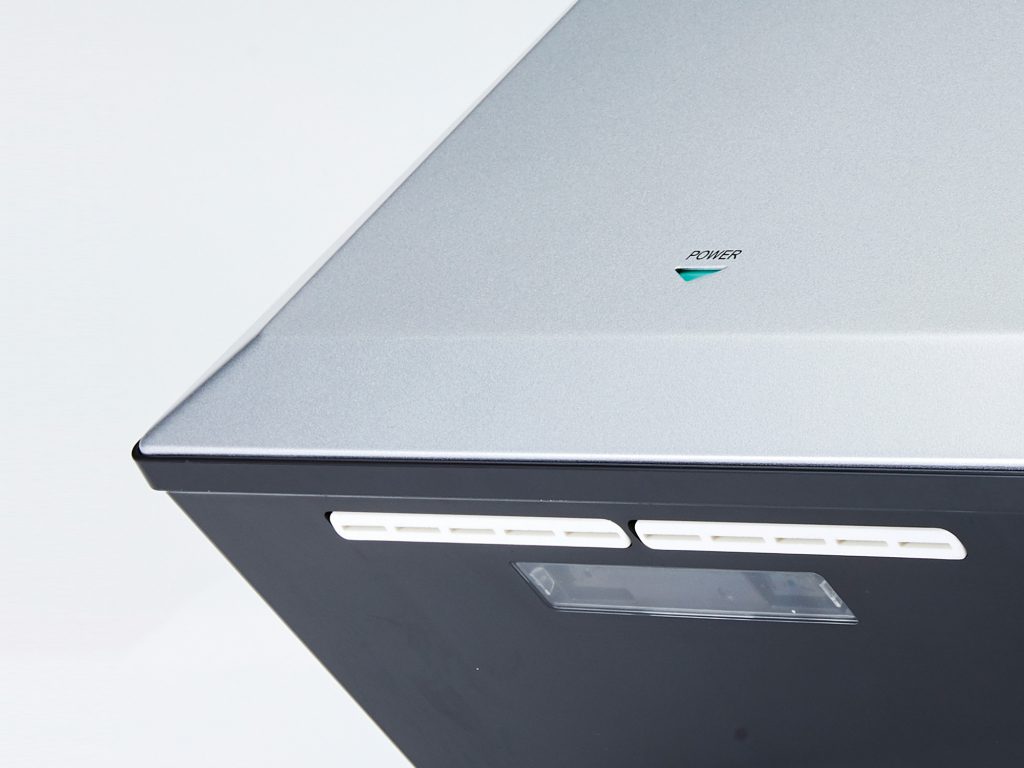Hand Dryer Electricity Use
In most cases, hand dryers are somewhat hidden away in bathrooms, and as such may not be the first thing you think about when it comes to reducing the amount of energy your building uses, however if you are using older, less efficient models, they may be having more of an impact than you think on your consumption.
Factors affecting costs
There are two main factors that contribute to the amount of electricity that hand dryers use each year:
- The number of times they are used
- The amount of energy they require each time
In a building with 1000 people, such as a school or large office, the hand dryers may be used up to 3 times daily by each person. Over the course of a year, the hand dryers will be used a total of 156,000 times!
A conventional hand dryer takes almost a minute to dry the user’s hands, and during this time, the heating element and fan will run at full power. One reason why it takes so long for an evaporative hand dryer to work is that the heating element takes time to heat up and get the air up to temperature.
A jet hand dryer such as the Mitsubishi Electric Wave i01 uses a fast-moving stream of air through a narrow nozzle to blow the water off the skin. This is much faster and more efficient, taking less than 10 seconds to completely dry the hands.

